The Strangest, Most Awkward, and Most Unlikely Automotive Collaborations
Rival automakers have joined forces many times in the past, but the couplings rarely last more than a few years.
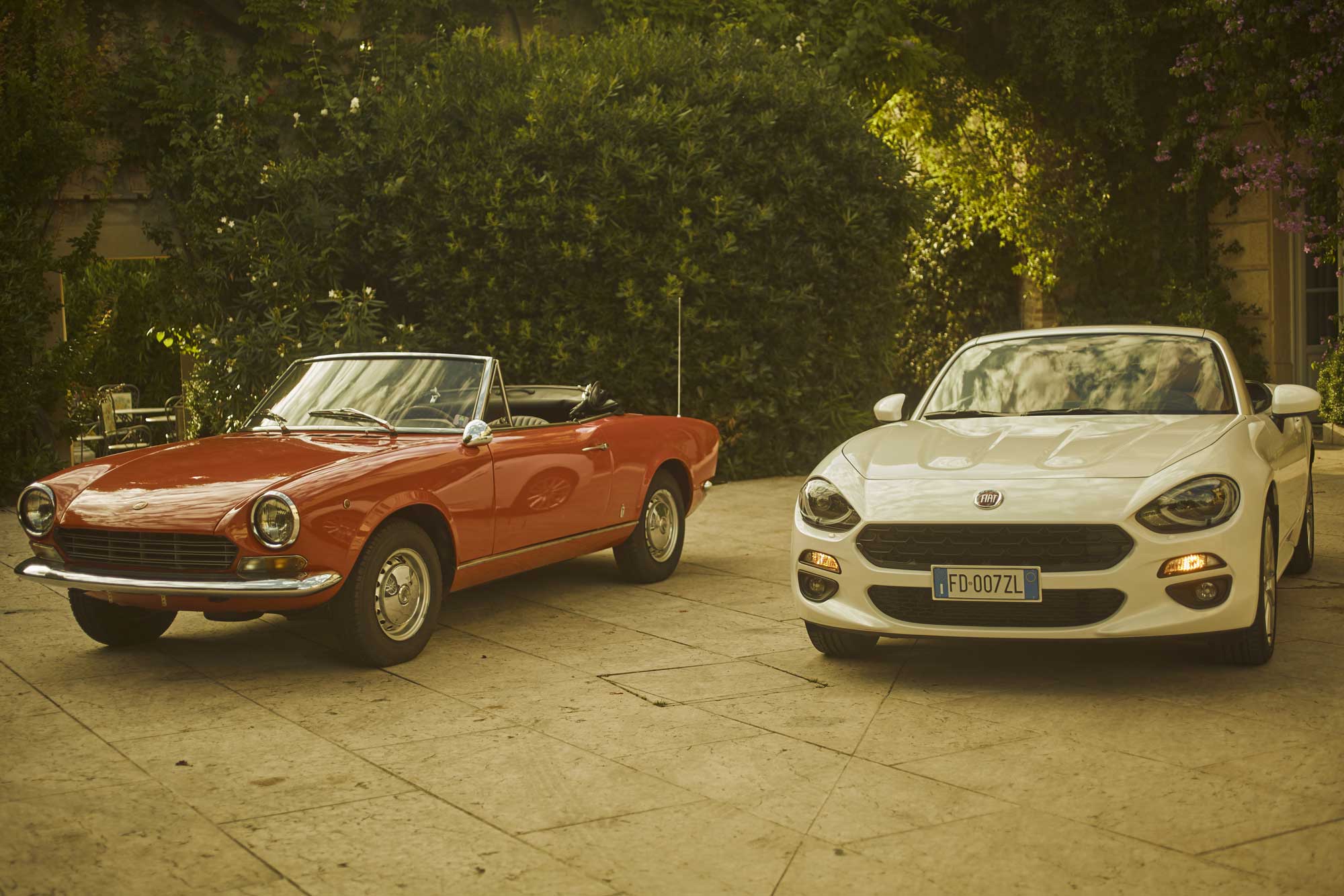 Fiat
Fiat
The history of the auto industry teems with head-scratching partnerships and alliances that appear to defy all logic. When the news broke in April 2022 that General Motors and Honda would be working together to develop electric vehicles (EVs), including a compact crossover, it was somehow both surprising and par for the course.
Though it may seem odd for rivals to form partnerships, such arrangements help automakers cut costs by sharing common components. That's why this GM and Honda liaison may prove to be a home run. GM's Ultium electric-car battery technology was engineered to be flexible, enabling its use in a variety of more affordable EVs.
The Ultium-equipped Honda Prologue is expected to hit the road sometime in 2024. In addition to this partnership, the auto industry has several other interesting collaborations for your amusement.
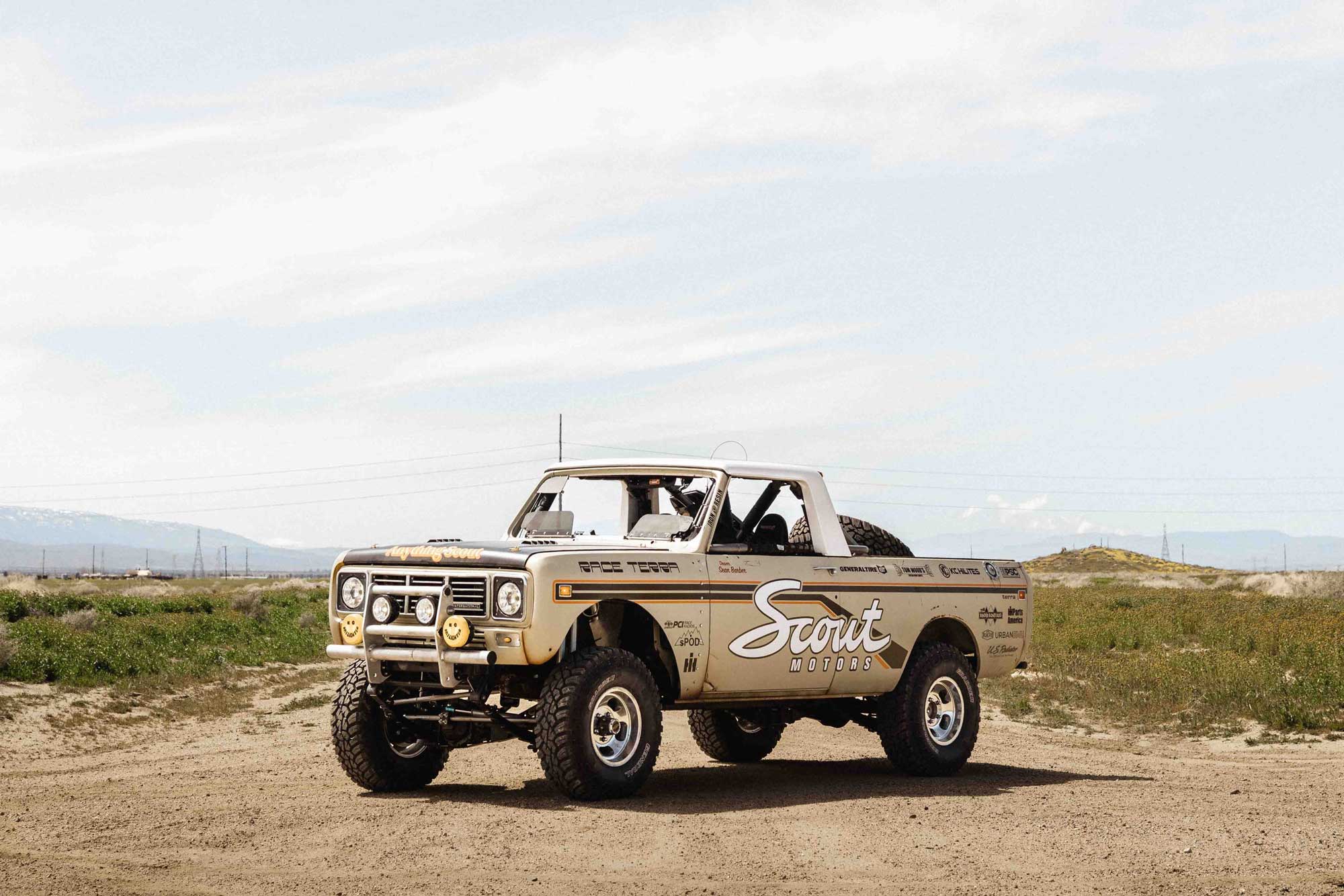 Scout Motors
Scout Motors
2026 Volkswagen/International Scout
Volkswagens 2020 agreement to purchase Navistar, the maker of International trucks, did more than bolster its commercial truck portfolio. It also opened the door to a revival of the Scout nameplate, dormant since the late 1970s, on a future family of rugged electric trucks and SUVs. It's doubtful that the classic badge of International Harvester will make a return as that logo, oddly enough, wound up under Fiat's control.
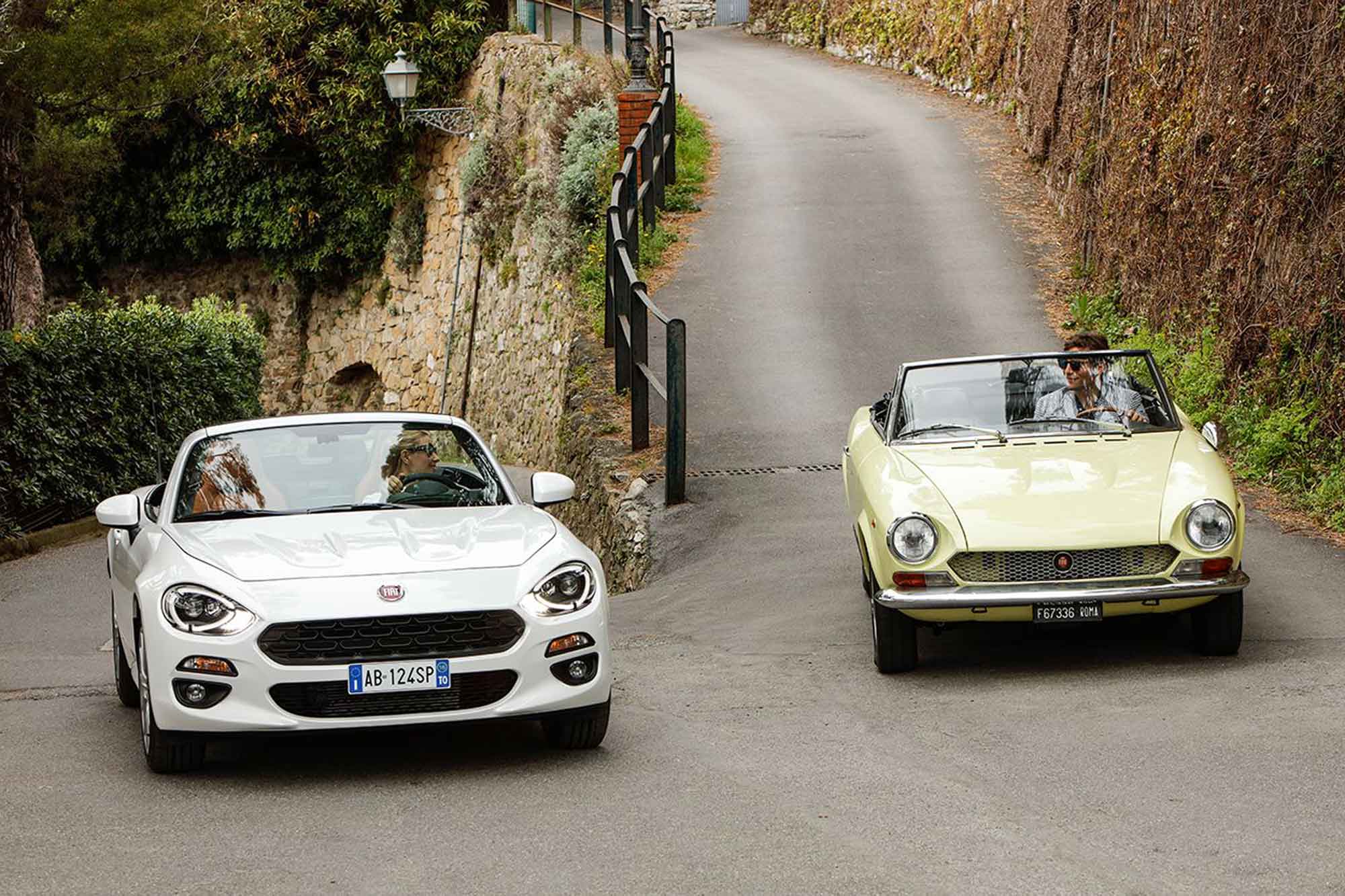 Fiat
Fiat
2017-2020 Fiat 124 Spider
The late Sergio Marchionne, the former CEO of the Fiat Chrysler (FCA) combine, oversaw the development of a Mazda-inspired car involving Alfa Romeo and Fiat. The Alfa Spider was going to be based on the fourth-generation Mazda MX-5 Miata. However, FCA pivoted to have Mazda build Fiat a new 124 Spider instead, sending Fiat-built engines to Mazda's assembly line in Hiroshima, Japan.
 Toyota
Toyota
2016 Scion iA/2017-2020 Toyota Yaris iA
The 2009-14 Mazda2, an affable subcompact that drove relatively well, never found traction in the United States. Mazda announced it wouldn't sell the next-generation Mazda2 stateside — but it was surprising to learn that Toyota would. A rebadged Mazda2 sedan launched as the Scion iA in 2016 and as a Toyota Yaris iA a year later.
In 2020, Toyota briefly added the Mazda2 hatchback to its U.S. lineup as the Yaris hatchback before discontinuing both sedan and hatchback models at year-end.
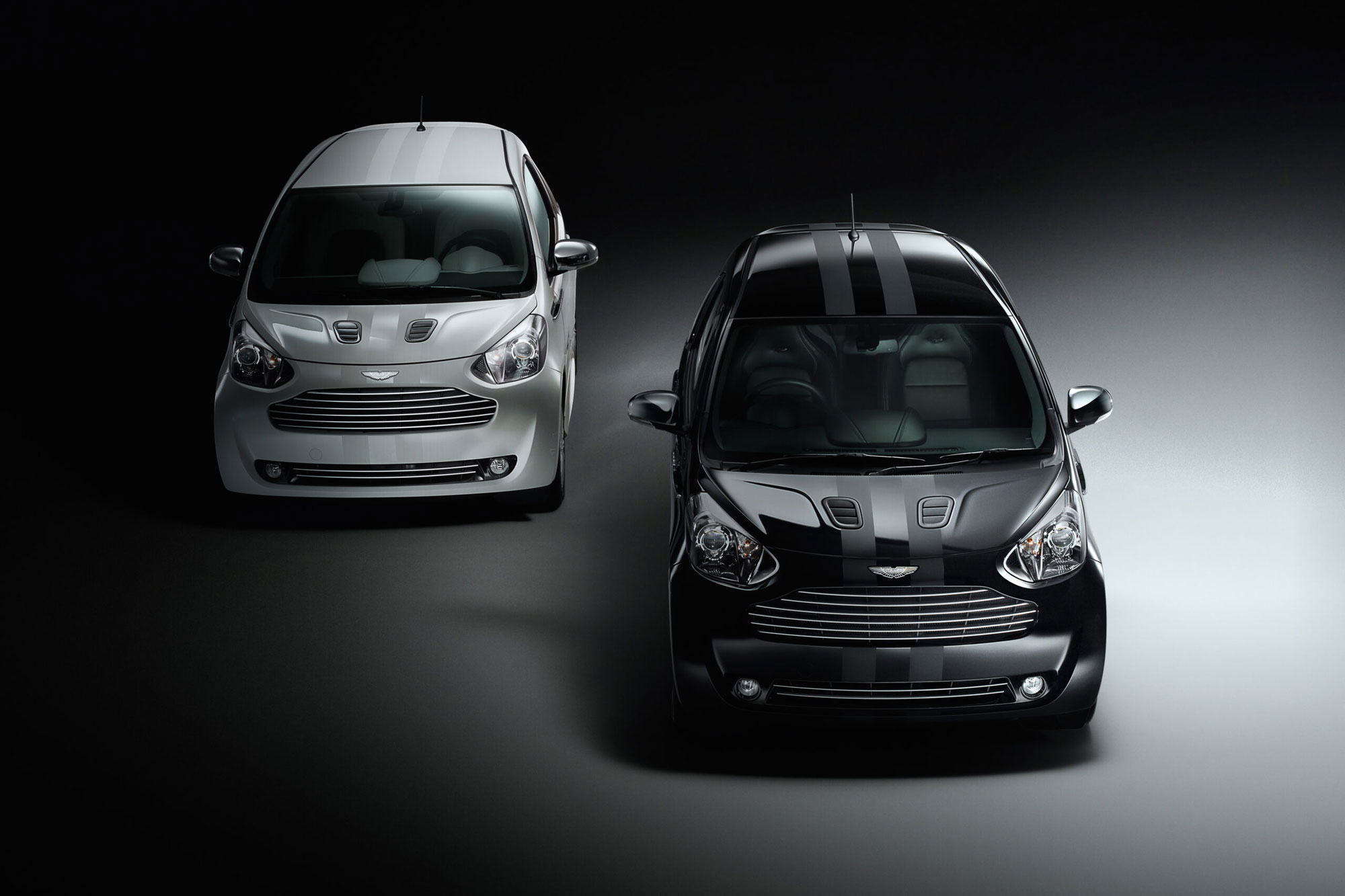 Aston Martin
Aston Martin
2011-2013 Aston Martin Cygnet
What the United Kingdom-based Aston Martin billed as a "luxury solution to urban mobility" was similar to a tiny Scion iQ from Toyota's youth-oriented brand, except with a cosmetic makeover and a drastic markup. Aston sold less than 150 units over three years, none of which crossed the pond to the U.S. Nonetheless, Aston went on to build a one-off, V8-powered Cygnet making 430 horsepower in 2018.
 Tesla
Tesla
2008-2012 Tesla Roadster/2013-2016 Detroit Electric SP 01/2008 Dodge Circuit EV
An unconventional bonded-aluminum space-frame architecture was the ideal framework for three models of electric sports cars. Tesla's original Roadster was the most successful of the three in that it actually entered series production and gained sales. Chrysler's engineering group took a different approach, opting to repower and rebadge a Lotus Europa S — a stretched Elise variant — as the Dodge Circuit EV but canceled the project once Fiat bought into the company in early 2009.
Detroit Electric, which revived a brand last seen in the late 1930s, first displayed its restyled electro-Elise in 2013, but the startup never built anything more than demonstrators before fizzling out.
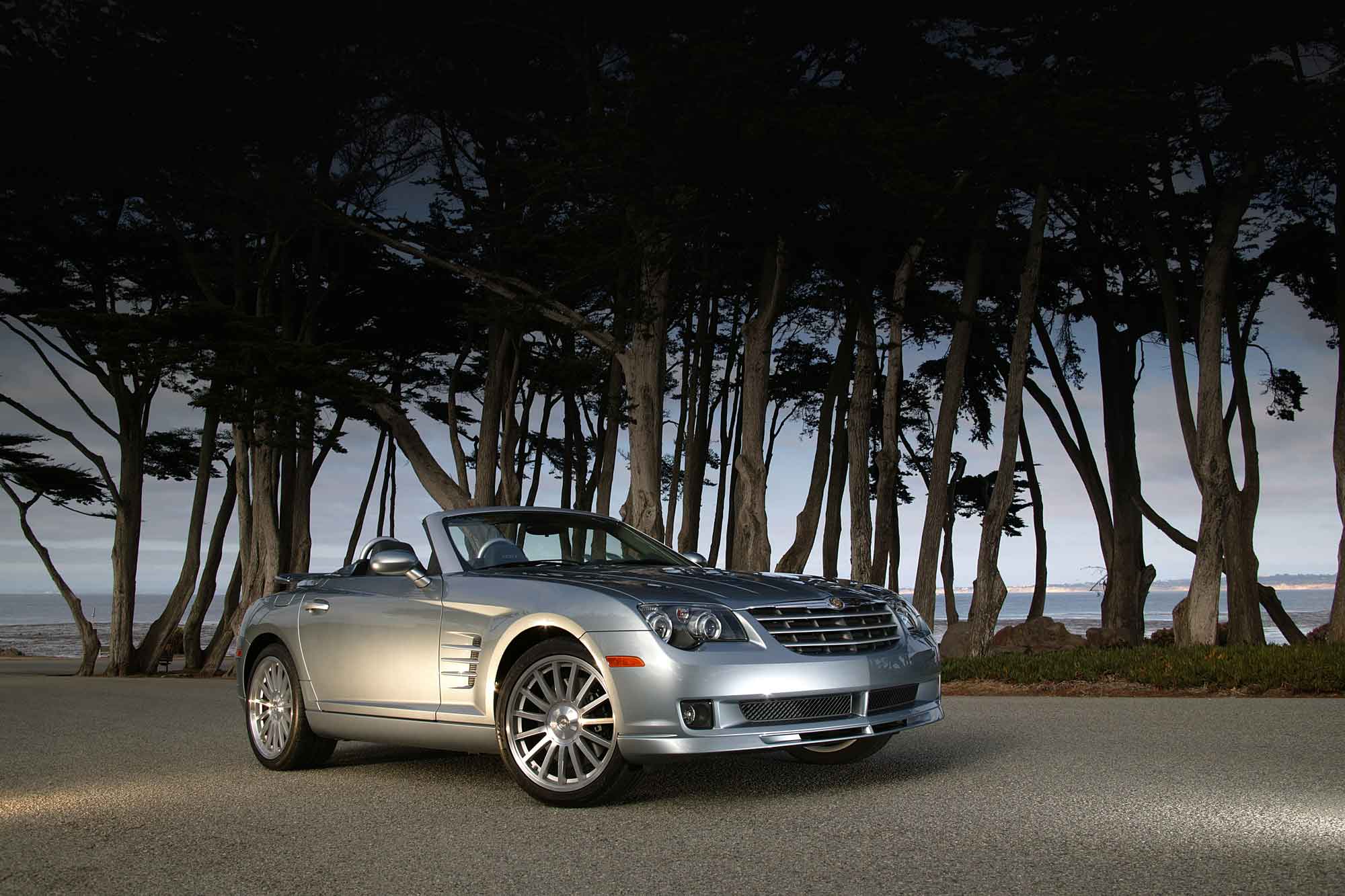 Chrysler
Chrysler
2004-2008 Chrysler Crossfire
The LX platform beneath Dodge's Charger, Magnum, and Challenger, as well as the Chrysler 300, shares some suspension and driveline bits from the Daimler side of DaimlerChrysler. The sporty Crossfire took the DaimlerChrysler "merger of equals" to a new level with a redesign of the first-generation Mercedes-Benz SLK for the Chrysler brand to sell as its own.
Both coupe and convertible models were built by Karmann in Germany, and the short-lived SRT-6 models — which used a supercharged 3.2-liter V6 — were essentially sleeper AMG models.
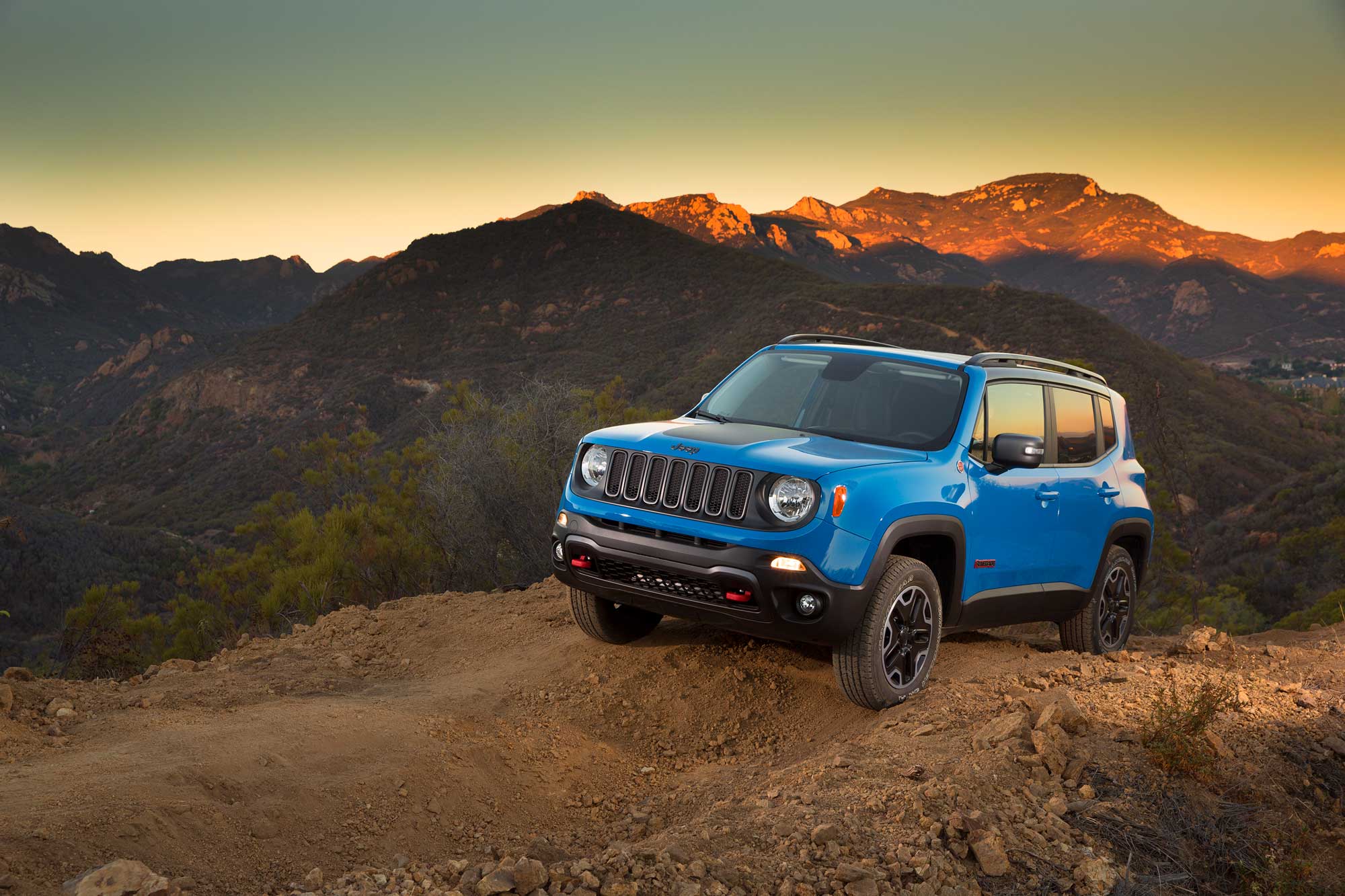 Jeep
Jeep
2000-2005 GM/Fiat Alliance
Fiat's merger with Chrysler wasn't the Italian company's first attempt at pairing with a U.S. automaker. In 2000, it wooed GM into purchasing a 20% stake and agreeing to a provision that could have forced GM to purchase Fiat's automotive operations outright.
Despite dreams of synergies and common components, the companies wound up sharing little, with Fiat's SCCS platform used for vehicles such as the Jeep Renegade and City. Fiat profited the most from this partnership. It received a $2 billion payout when GM opted to dissolve the alliance.
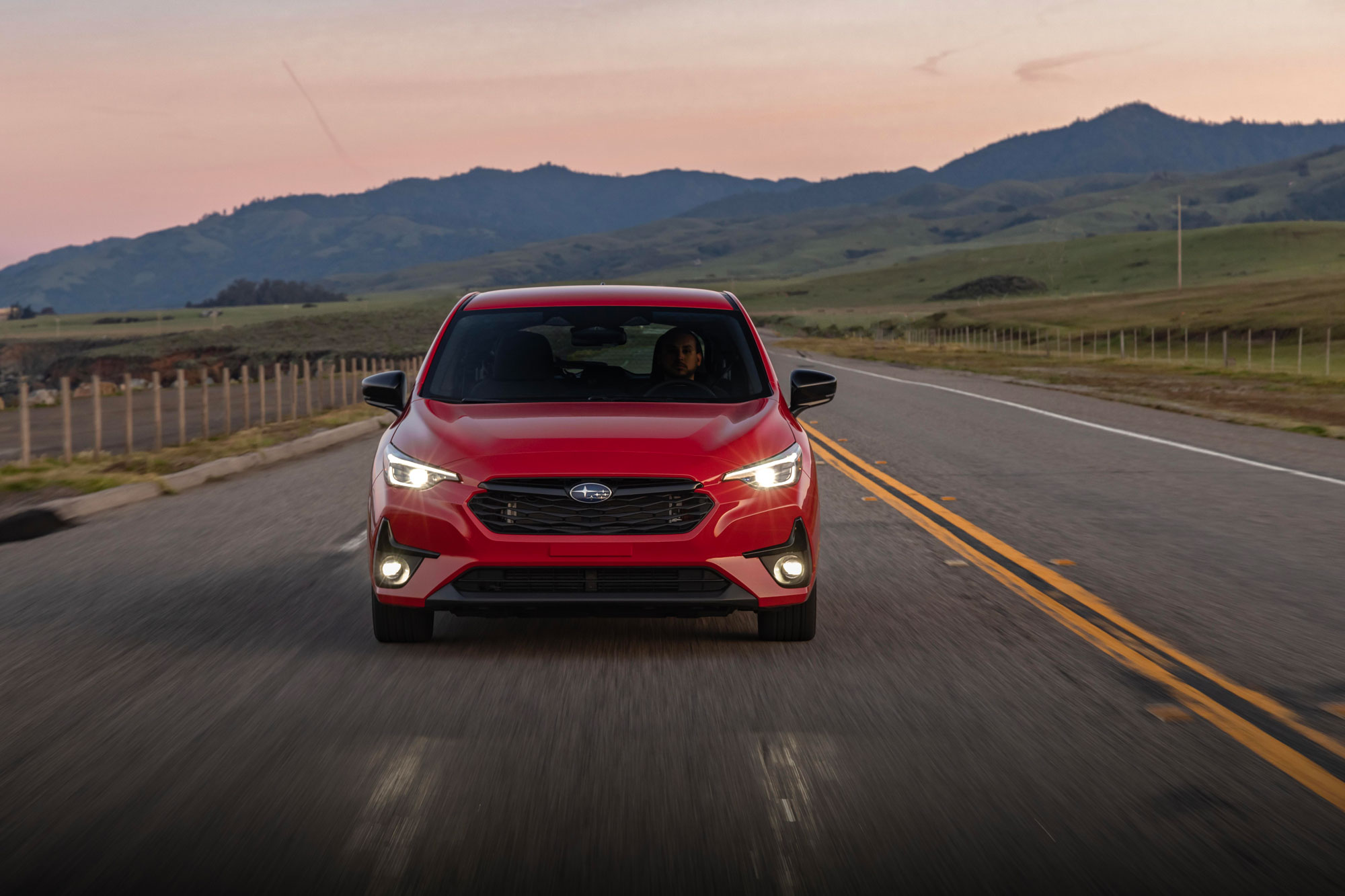 Subaru
Subaru
2000-2005 GM/Subaru Partnership
GM's purchase of a 20% stake in Subaru produced quite a few odd cross-collaborations, including Subaru Foresters sold as Chevrolets in India, European-designed Opel vans offered in Japan as Subarus, and the Chevrolet Borrego concept, which built a minitruck out of Impreza WRX mechanicals.
The 2005-2006 Saab 9-2x, which grafted a Saab nose onto a Subaru WRX wagon, could have been a harbinger. An unsuccessful Saab 9-6 model would have applied similar design to Subaru's B9 Tribeca crossover.
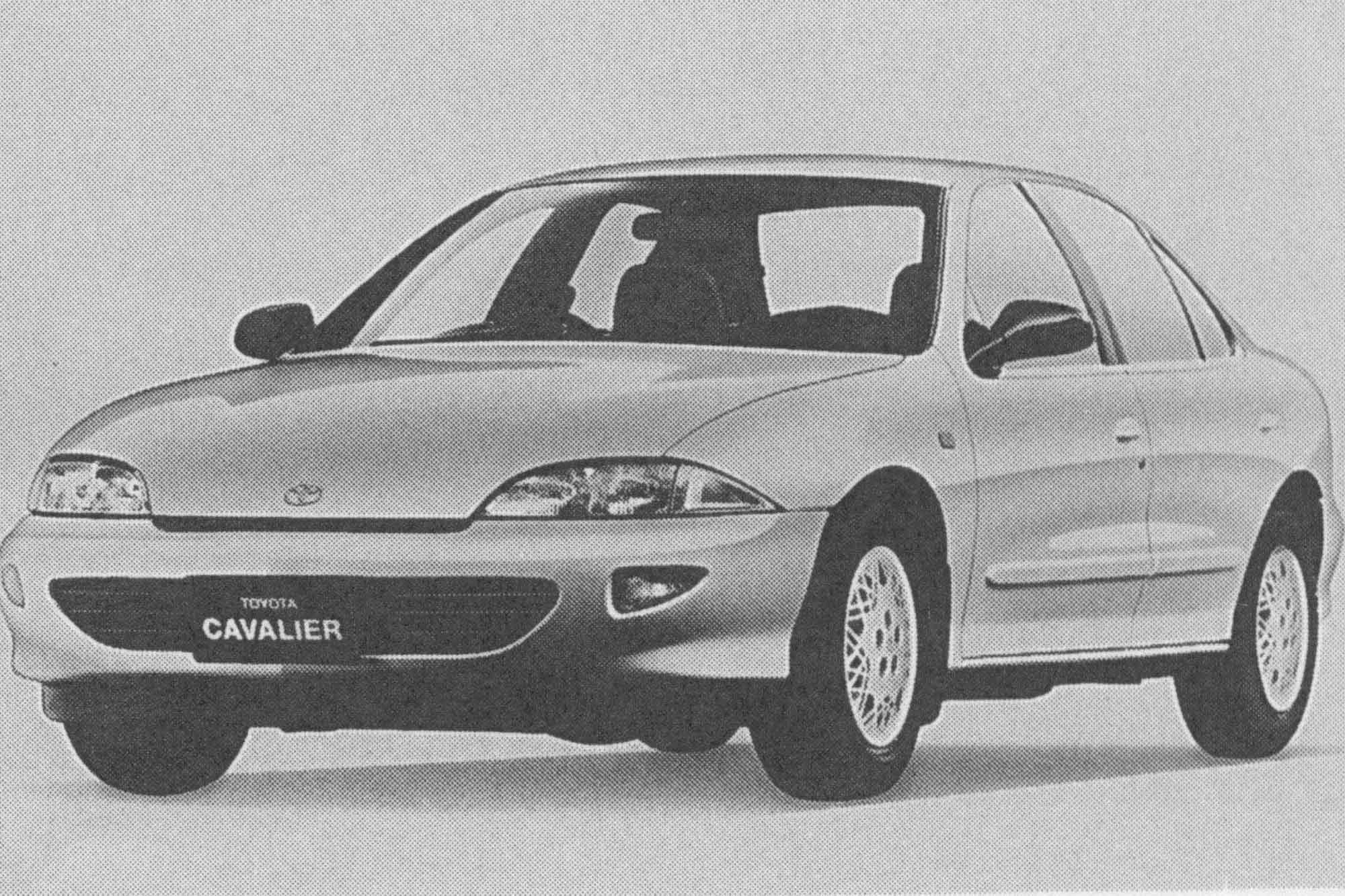 Toyota
Toyota
1995-2000 Toyota Cavalier
When Toyota began selling a rebadged version of the third-generation Chevrolet Cavalier in Japan, the goal was to sell up to 20,000 cars annually. GM's Lordstown, Ohio, assembly plant began producing and shipping right-hand drive Toyota Cavaliers across the Pacific in 1995. Only about 36,000 Cavaliers were sold in Japan over four years.
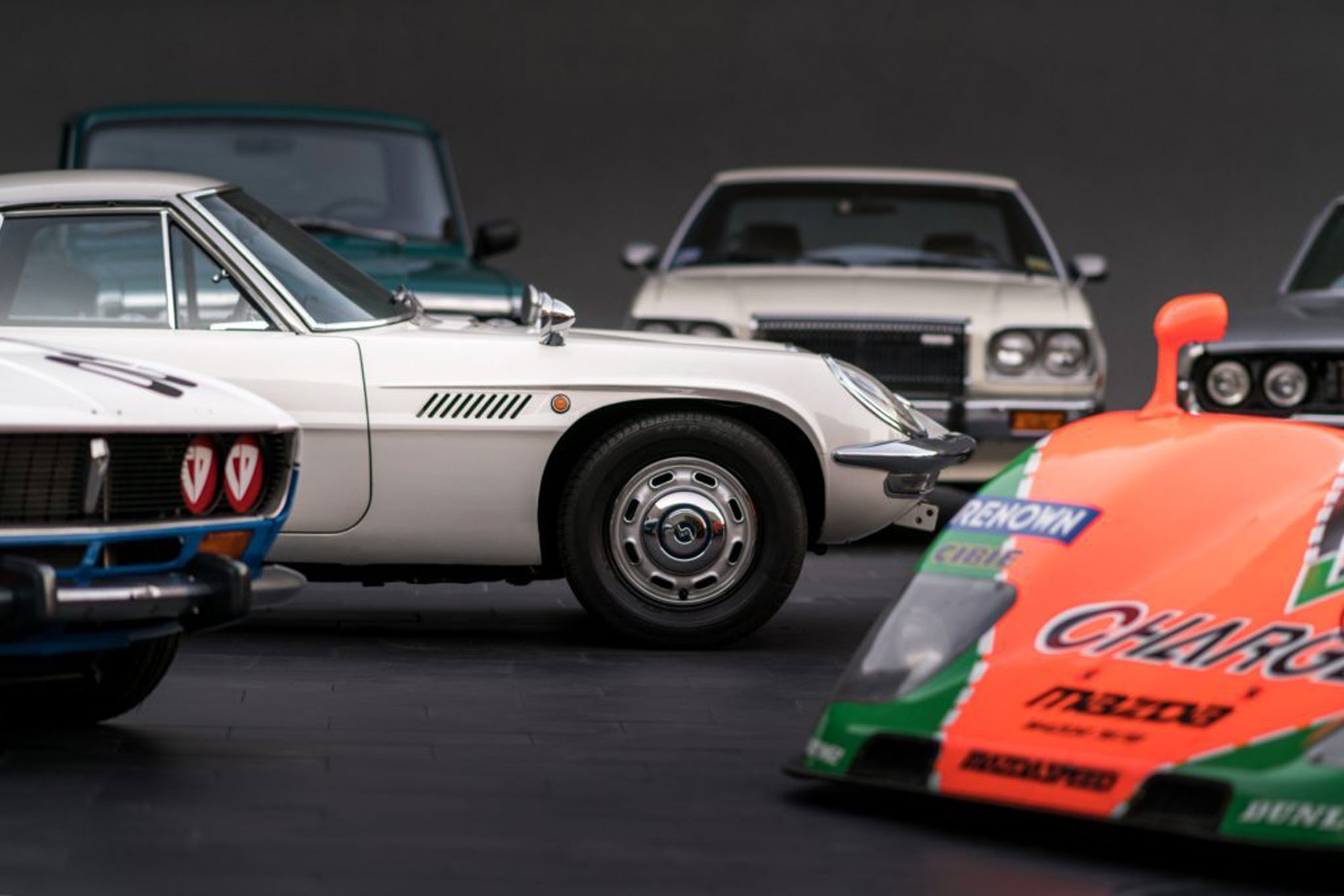 Mazda
Mazda
1975-1977 Mazda Roadpacer AP
Shortly before entering a long partnership with Ford, Mazda briefly collaborated with GM to build a luxury sedan for its home market. In 1975, GM's Holden division began shipping full-size Kingswood Premier sedans from Australia to Japan, where Mazda installed its 13B rotary engine. The resulting Roadpacer AP was expensive and underpowered — as could be expected when fitting a 3,400-pound vehicle with an engine producing 130 horsepower.
Written by humans.
Edited by humans.
 Evan McCausland
Evan McCauslandCar, truck, train, or bus—if a vehicle has wheels, chances are Evan McCausland is interested in it. More importantly, he’s interested in helping others learn more about cars and trucks, especially when it comes time to make a decision on their next vehicle purchase. For nearly two decades, he’s been fortunate to have the opportunity to do just that, writing for major automotive publications, automotive clubs, and automakers alike.
Related articles
View more related articles